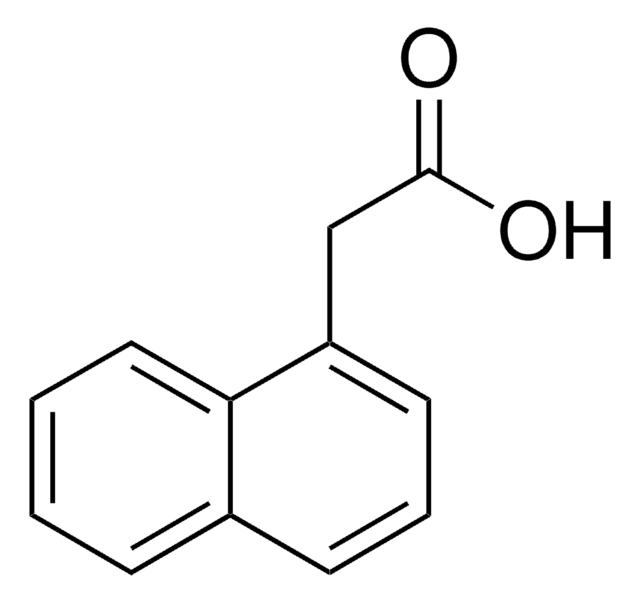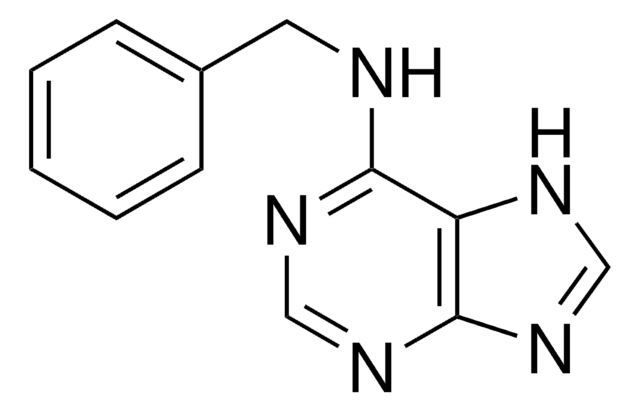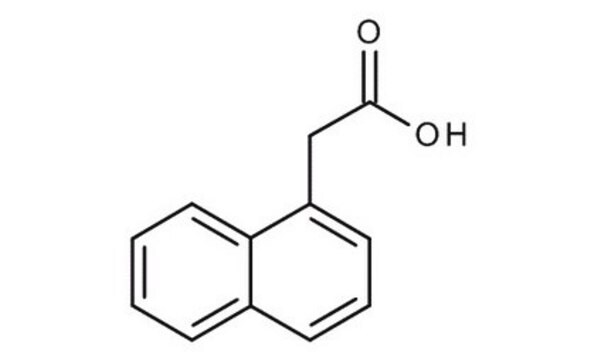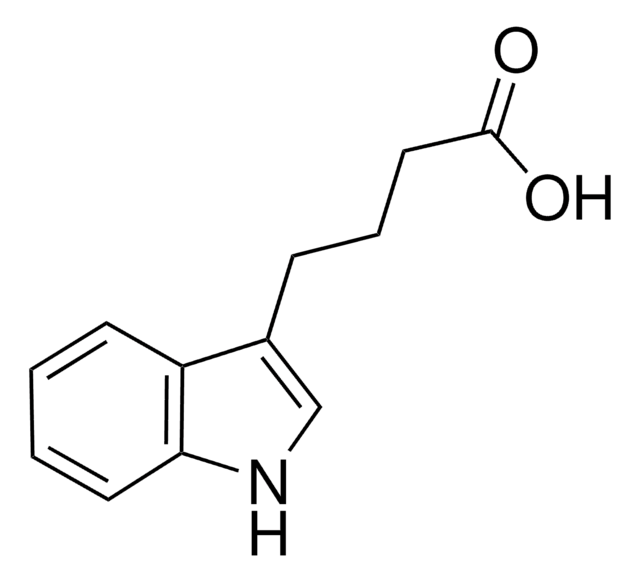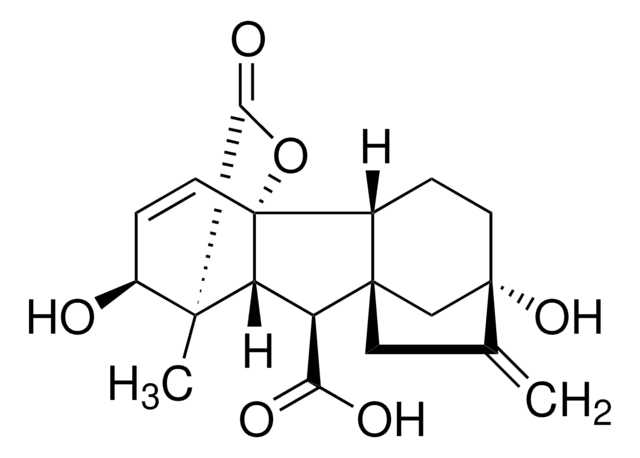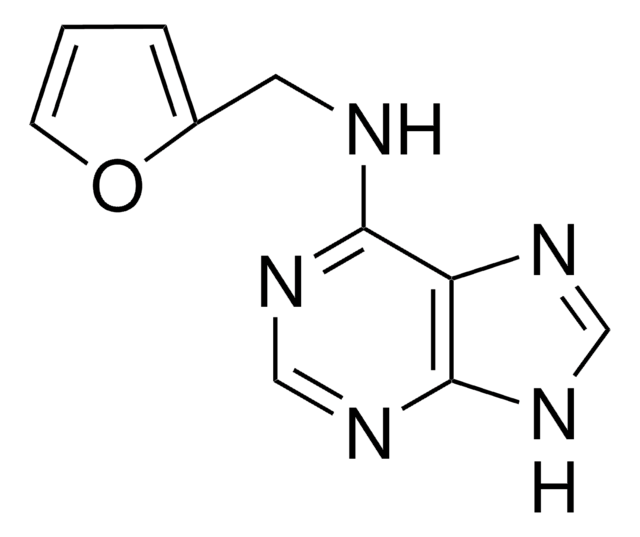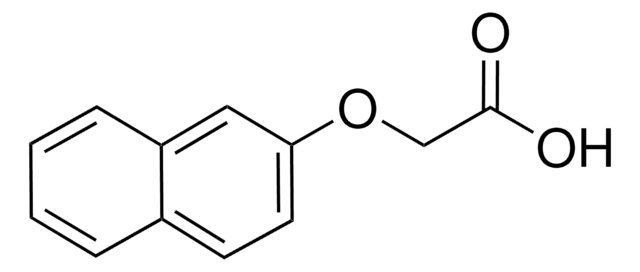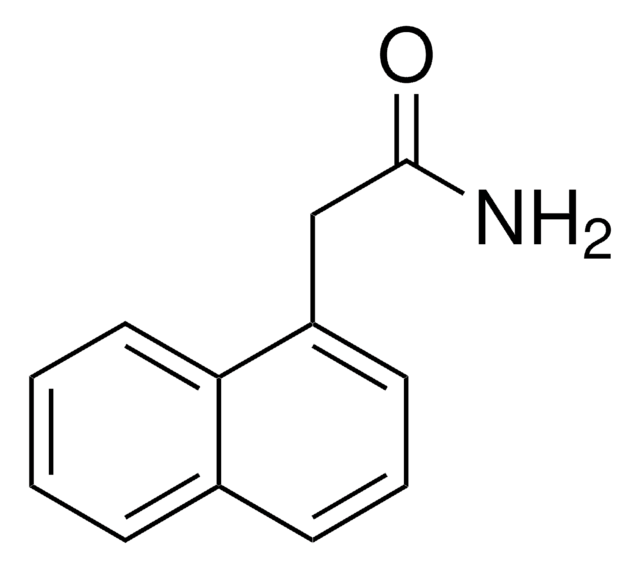N1641
1-Naphthylacetic acid
BioReagent, 1 mg/mL, suitable for plant cell culture
Sinónimos:
α-Naphthaleneacetic acid Free acid, 1-Naphthaleneacetic acid, NAA
About This Item
Productos recomendados
sterility
sterile-filtered
Quality Level
product line
BioReagent
form
solution
concentration
1 mg/mL
technique(s)
cell culture | plant: suitable
mp
129-131.5 °C (lit.)
application(s)
agriculture
storage temp.
2-8°C
SMILES string
OC(=O)Cc1cccc2ccccc12
InChI
1S/C12H10O2/c13-12(14)8-10-6-3-5-9-4-1-2-7-11(9)10/h1-7H,8H2,(H,13,14)
InChI key
PRPINYUDVPFIRX-UHFFFAOYSA-N
Gene Information
human ... CCKAR(886) , CCKBR(887)
Application
¿No encuentra el producto adecuado?
Pruebe nuestro Herramienta de selección de productos.
Storage Class
12 - Non Combustible Liquids
wgk_germany
WGK 1
flash_point_f
Not applicable
flash_point_c
Not applicable
Certificados de análisis (COA)
Busque Certificados de análisis (COA) introduciendo el número de lote del producto. Los números de lote se encuentran en la etiqueta del producto después de las palabras «Lot» o «Batch»
¿Ya tiene este producto?
Encuentre la documentación para los productos que ha comprado recientemente en la Biblioteca de documentos.
Los clientes también vieron
Nuestro equipo de científicos tiene experiencia en todas las áreas de investigación: Ciencias de la vida, Ciencia de los materiales, Síntesis química, Cromatografía, Analítica y muchas otras.
Póngase en contacto con el Servicio técnico